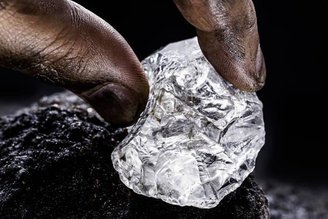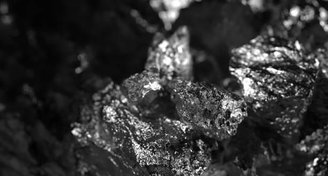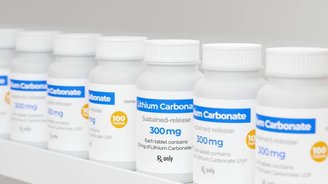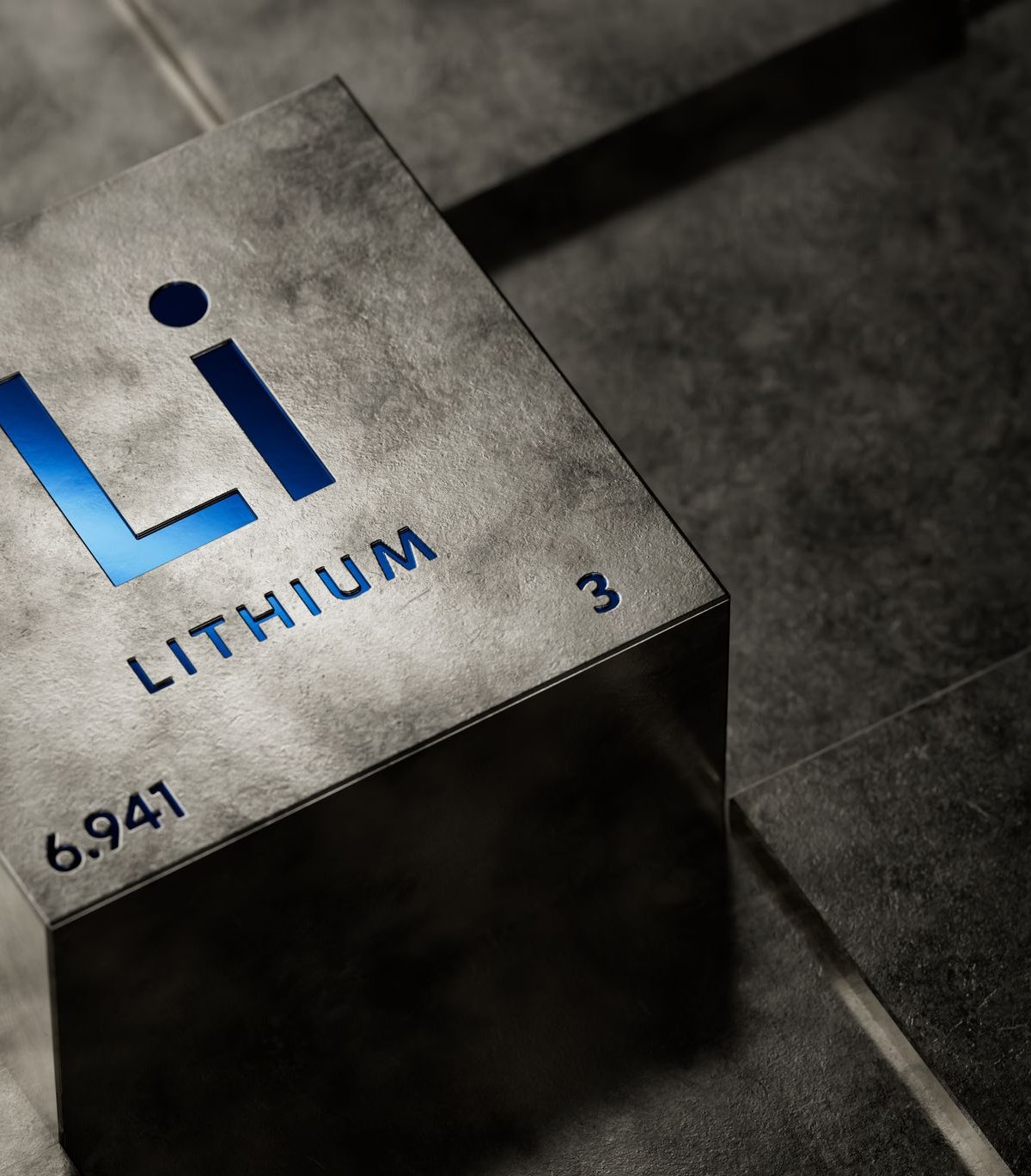Element number three on the periodic table is everywhere. Discovered in the mid-1800s, the alkali metal is so important to the energy, technology and even medical industries that a shortage could cause power outages in many areas. Lithium is everywhere.
Although it is a metal, it is not found naturally in this form and requires a “refining” process to obtain it. But it is also abundant in other forms, and tons of it are processed every year. Want to learn more? Learn about the third element of the periodic table.
There are Brazilians in history
In the mid-1800s, Brazilian naturalist José Bonifácio de Andrada e Silva, studying the chemistry of minerals, found petalite, a whitish stone. Composed of aluminum and an as yet unknown secondary element, this stone had some interesting properties when exposed to fire.
When powdered and exposed to flame, reddish flames were produced, indicating the presence of another, as yet unknown, component, as previously identified minerals such as potassium produced a bluish flame.

But the mystery continued until 1817. Swiss chemist Johan August Arfwedson observed the properties of petalite and tried to isolate the component by electrolysis, but was unsuccessful. Although he could not obtain a pure sample, he named the new element lithium, which comes from the word ‘lithos’ meaning stone.
Only a small amount was isolated for the first time in 1821. However, it still took 34 years to obtain a sample large enough for more robust studies of the element. Those who accomplished this feat were scientists Robert Bunsen and Augustus Matthiessen in 1855.
multi-purpose element
Since its discovery, lithium has been tested on a wide variety of fronts. The most common ones are now at your disposal. If you’re reading on your mobile phone, laptop, or computer, there’s at least one component that uses lithium, usually batteries or metal alloys..
In nature, lithium is found ‘mixed’ in rocks such as petalite and pegmatite, as well as other rocks and minerals. It is possible to find it even in smaller quantities in brine.

To be isolated, rocks are processed and subjected to separation of the lithium “salt”. Lithium chloride is then electrolyzed to form metal. In its metalized form, it is used in battery components, metal alloys, and other metals such as aluminum and magnesium..
These alloys are light and durable and can be used in the production of bicycles, car body parts and aircraft. However, it has two more interesting uses.
The third element of the periodic table can also be used in the lubricant industry! Some greases and lubricants use lithium, which can withstand high temperatures, providing a water-resistant appearance as well as helping to cool the mechanisms to which it is applied.
And if you’ve gotten this far wondering if this lithium is the same as used in psychiatric medications, you’re right! Lithium carbonate is used in patients with bipolar disorder or other psychiatric disorders..

In 1940, lithium chloride began to be used instead of salt in some kitchens (let’s leave the judgments aside), and it was understood that it could be toxic to humans when used in high amounts.
But Australian doctor John Cade decided to test smaller doses in guinea pigs. He noticed that within a short period of exposure, even the most “angry” animals became calmer and more understanding..
He then decided to try similar doses on patients exhibiting aggressive behavior. The result was repeated.

Who knew that a red flame would form one of the most useful and widely used elements in the world?
Let it be lithium
The main sources of lithium in the world come from Australia, Chile and China. Brazil also produces a certain amount of the element, but this corresponds to a very small portion.
Although it is quite easy to find, it is not that simple to process. Considering that most energy storage technology is based on lithium batteries, we may experience problems in the future.

In addition, although the element has been known for centuries, the biological effects that lithium may cause in a wide variety of organisms are not known with certainty. Therefore, there are various challenges we need to face and manage to reduce the impact on health and the environment.
Some research has already considered on ways to recycle and reuse discarded lithium cells with a focus on reducing environmental impact and as a way to reuse already processed material, but more research and cheaper ways will be needed to make this process possible.
In the meantime, let’s have lithium so that all our expectations and future projects can come true.
Are you curious about Brazil’s role in obtaining lithium? So take the opportunity to understand why we need to improve our technology to produce more without destroying the environment so much. Want to learn more about the “steel wool” of the elements? Stay tuned for surprises from the periodic table. Until later.
Source: Tec Mundo
I’m Blaine Morgan, an experienced journalist and writer with over 8 years of experience in the tech industry. My expertise lies in writing about technology news and trends, covering everything from cutting-edge gadgets to emerging software developments. I’ve written for several leading publications including Gadget Onus where I am an author.












